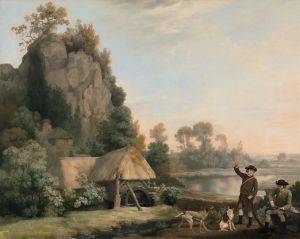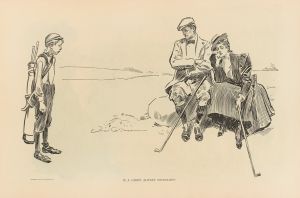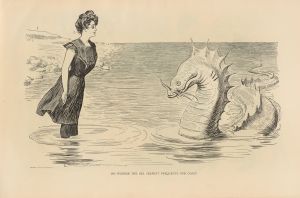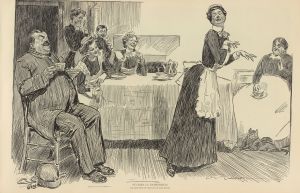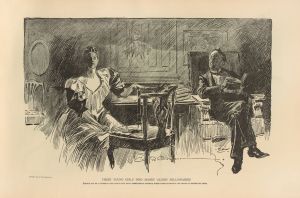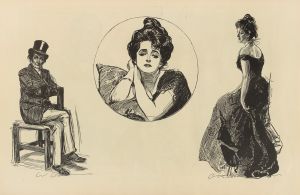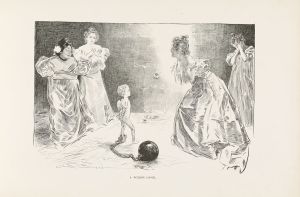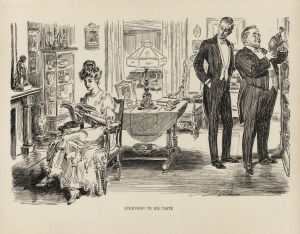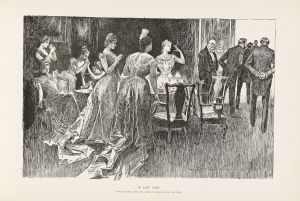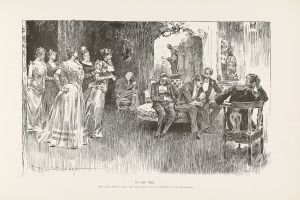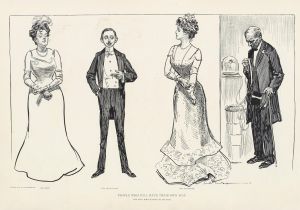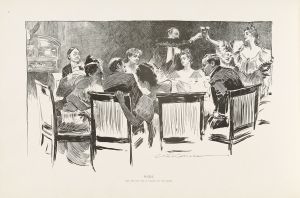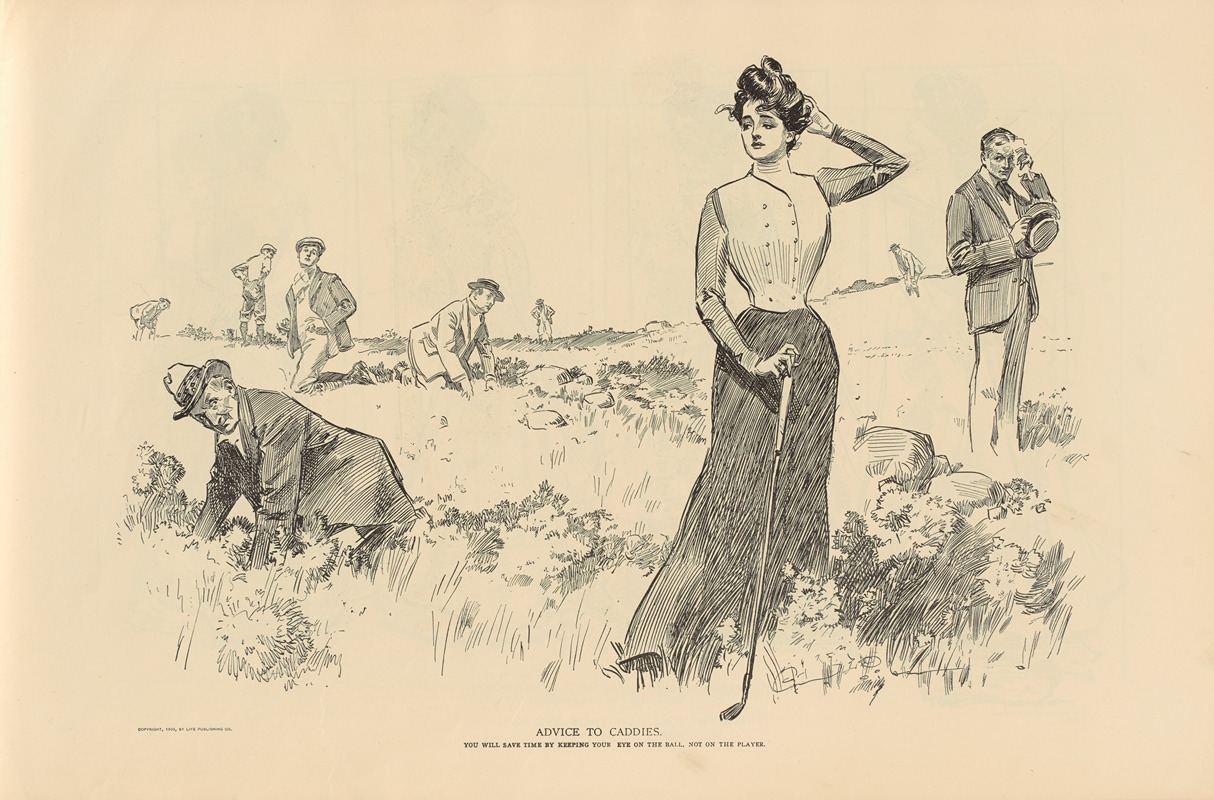
Advice to caddies
A hand-painted replica of Charles Dana Gibson’s masterpiece Advice to caddies, meticulously crafted by professional artists to capture the true essence of the original. Each piece is created with museum-quality canvas and rare mineral pigments, carefully painted by experienced artists with delicate brushstrokes and rich, layered colors to perfectly recreate the texture of the original artwork. Unlike machine-printed reproductions, this hand-painted version brings the painting to life, infused with the artist’s emotions and skill in every stroke. Whether for personal collection or home decoration, it instantly elevates the artistic atmosphere of any space.
"Advice to Caddies" is an illustration created by the renowned American artist Charles Dana Gibson. Gibson, born on September 14, 1867, in Roxbury, Massachusetts, was a prominent illustrator and is best known for his creation of the "Gibson Girl," an iconic representation of the idealized American woman of the late 19th and early 20th centuries.
The illustration "Advice to Caddies" was published in the early 20th century, during a period when Gibson's work was widely circulated in popular magazines such as Life, Harper's Weekly, and Scribner's. Gibson's illustrations often depicted scenes of social life, capturing the nuances of American society with a keen eye for detail and a touch of humor.
"Advice to Caddies" portrays a scene on a golf course, a sport that was gaining popularity in the United States during this time. The illustration features a well-dressed gentleman, presumably a golfer, giving advice to a group of young caddies. The caddies, who are typically boys employed to carry golfers' bags and assist them during their rounds, are shown attentively listening to the golfer. The scene is rendered with Gibson's characteristic style, marked by precise line work and expressive characters.
Gibson's work often reflected the social dynamics and cultural trends of his era. In "Advice to Caddies," the interaction between the golfer and the caddies can be seen as a commentary on the social hierarchies and the transmission of knowledge and etiquette within the context of leisure activities. The golfer's attire and demeanor suggest a sense of authority and sophistication, while the caddies' attentive posture indicates their respect and eagerness to learn.
The illustration is a testament to Gibson's ability to capture the subtleties of human interaction and social settings. His work not only entertained but also provided a visual record of the customs and lifestyles of his time. "Advice to Caddies" is a fine example of how Gibson's illustrations transcended mere depiction, offering insights into the societal norms and values of early 20th-century America.
Charles Dana Gibson's legacy as an illustrator is significant, and his contributions to American art and culture are well-recognized. His illustrations, including "Advice to Caddies," continue to be appreciated for their artistic merit and historical value. Gibson passed away on December 23, 1944, but his work remains an important part of the American artistic heritage.





